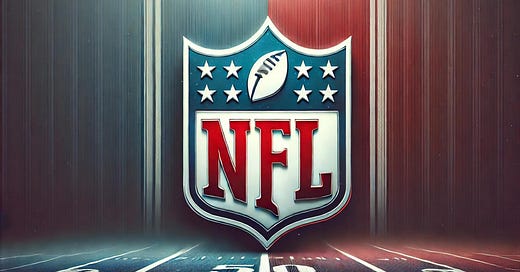The Most Powerful League in the World: NFL Case Study
A deep dive into some of the unique revenue streams of the NFL (and what others can take away from it).
With the NFL starting today…
I thought it made sense to look at the most powerful sports league in the world.
And not just the typical stuff, but some of their other verticals.
Let’s Dive In 👇




